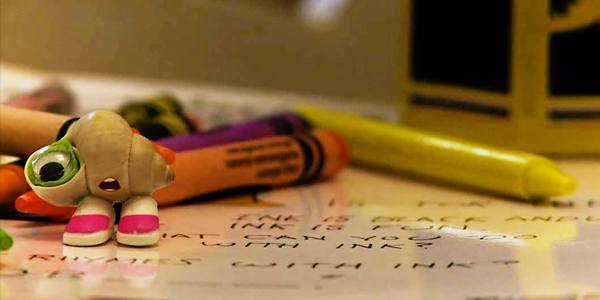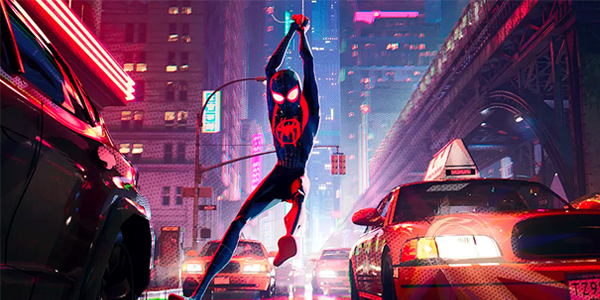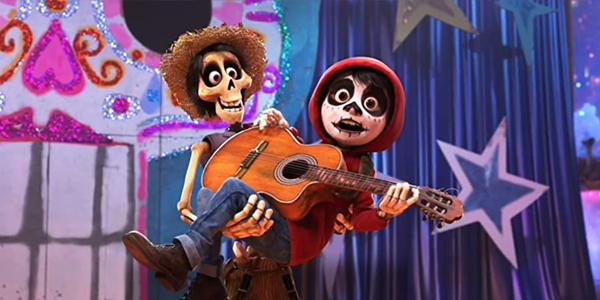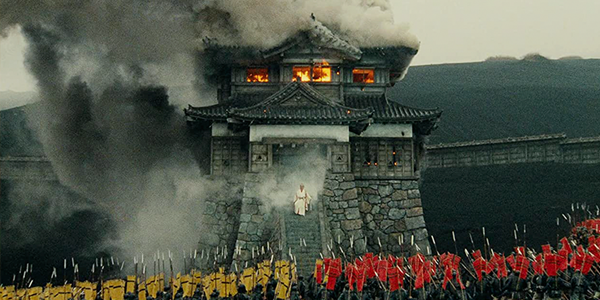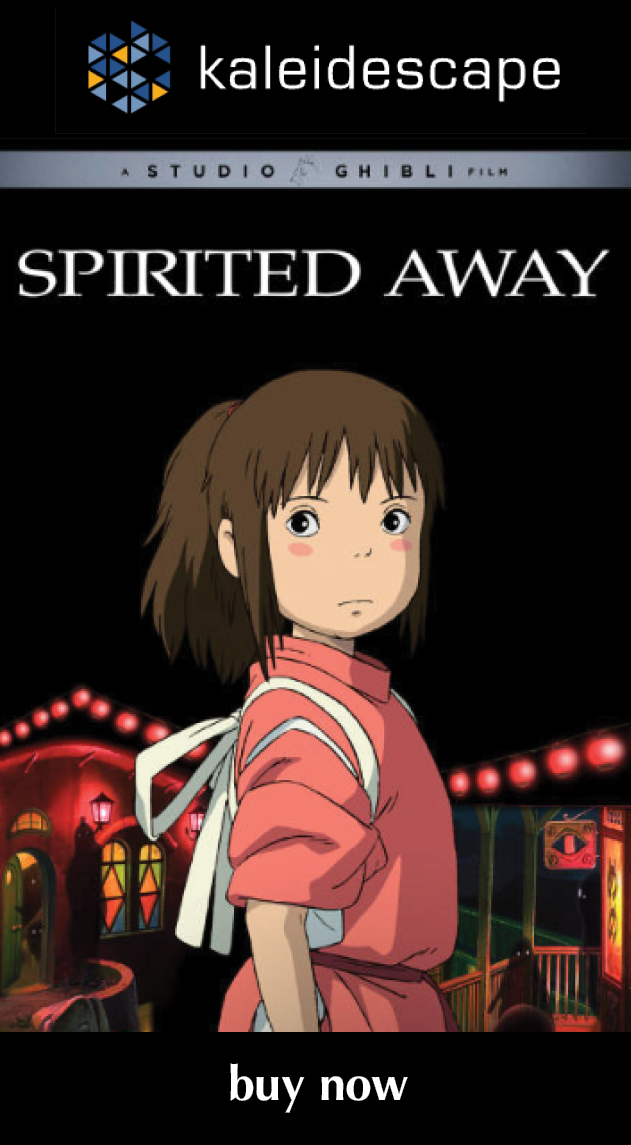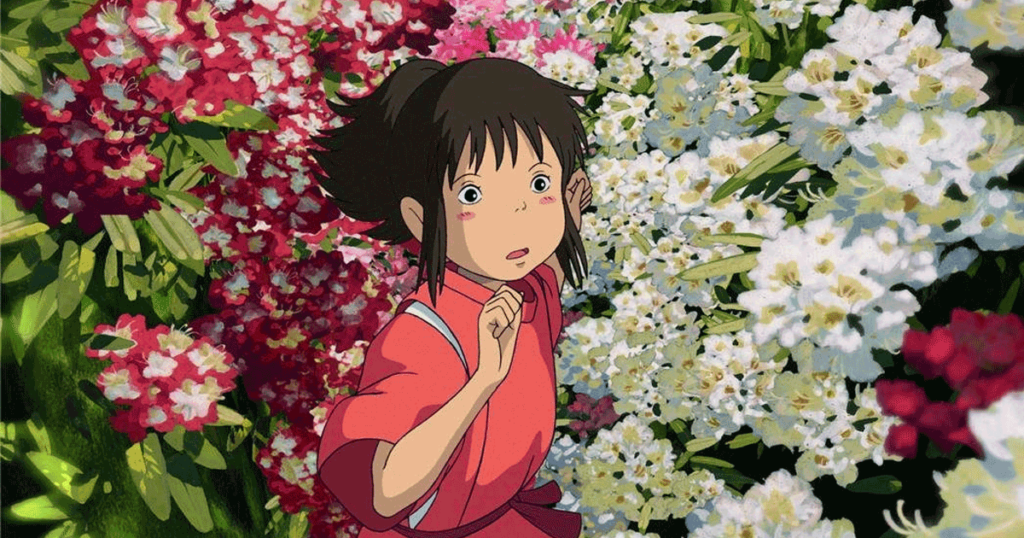
review | Spirited Away
The 1080p presentation is able to capture the look of this anime classic without compromise
by Dennis Burger
Updated May 28.2023
Hayao Miyazaki’s masterpiece, Spirited Away makes me long for a time machine. Not necessarily so I could dial back the last 18 years and view the film again for the first time (although that would be a treat) but so I could capture my impressions after having just seen the film with fresh eyes.
I say this only because I come to Spirited Away with so much baggage that I find it difficult to discuss the film in and of itself. After nearly two decades of reading doctoral theses about linguistic symbolism, of devouring literary and film analyses, of falling down rabbit holes of spiritual, religious, and philosophical themes and the their interconnections it isn’t easy to simply sit back and consume the film as a work of art.
So I did the next-best thing. I sat beside my wife this weekend as she experienced this weird and captivating journey for the first time. Glancing out of the corner of my eye to see her giggle and applaud, weep and gasp, I was reminded of that first viewing. And I was also reminded that you don’t need to know a damned thing about Spirited Away to appreciate it as one of the best animated films ever made.
So forget all of the symbolism and the film’s deep ties to Shintoism and Japanese cultural norms (some admirable, some deplorable). What makes Spirited Away work as a two-hour adventure ?
The animation certainly helps. Not only is this Miyazaki’s most visually stunning work, it also represents perhaps the most artful (and subtle) marriage of hand-drawn 2D and computer-rendered 3D animation ever committed to the screen. The worlds of the ten-year-old hero Chihiro (both the material and spirit worlds) seem more real and tangible than most cinematic settings captured in live action.
But it isn’t merely the animation that creates this perception,. What makes Miyazaki a master filmmaker is that he understands how to lead the viewer through a story and its world in such a way that it doesn’t feel like a passive viewing experience.
Perhaps the best example is the denouement, in which Chihiro must travel to confront the twin sister of the sorceress who stole her name and employed her in a bathhouse for gods and spirits. In most films—especially fantasy films—her journey would have been written as an epic quest, fraught with danger and excitement. But in Miyazaki’s hands, though, it is a quiet and contemplative train ride. This shouldn’t work, but it does, on two levels: It gives both little Chihiro and the viewer alike a chance to reflect and to catch our breaths together.
It’s a technique Miyazaki employs in most of his films, and one he describes using the Japanese word ma, which roughly translates into “pause” or “gap”. But no film—by Miyazaki or any other filmmaker—makes such effective use of this technique as does this scene. And it works so well here because this ma isn’t simply a quiet break from the action. It also gives the viewer the opportunity to revel in Spirited Away on the level of pure audiovisual experience. It may be the first time most viewers fully appreciate how seamlessly the 2D and 3D animation are blended. It might also be the first time you have room to truly meditate on Joe Hisaishi’s melancholic score.
Spirited Away has been likened to stories like The Wizard of Oz and Alice’s Adventures in Wonderland with good reason. It is, on one level, an amazing coming-of-age tale. But, despite its deep roots in Japanese mythology and folklore, there’s something uniquely universal about Spirited Away.
The film rewards further exploration, sure, but that would be pointless if it wasn’t worth watching over and over again purely on its own terms, with its obvious themes about greed and kindness and the nature of the self. Force me to construct a list of films that demand to be owned rather than merely rented and Spirited Away would be on it.
Thankfully, Kaleidescape’s download is a wonderful way to own the film. We’re presented with both the original Japanese soundtrack and the surprisingly good English-language dub (overseen by Pixar’s John Lasseter) in DTS-HD Master Audio 5.1. The film defaults to Japanese with English subtitles, but if you’re watching with younger viewers (or simply refuse to read captions), the English dub maintains the delightful score, as well as the effective and atmospheric sound mix. Both versions use the surround channels and subwoofer to extend the worlds of the film out into the room, and to give both weight and depth to the onscreen action.
Kaleidescape does present the film without the bonus features found on both Disney’s 2015 Blu-ray release and the 2017 follow-up by GKIDS, but those bonus goodies did little to enrich the film. What’s more important is that the Kaleidescape presentation is superior to the already excellent 2017 Blu-ray. You could complain that Spirited Away isn’t available in 4K but this better-than-Blu-ray-quality 1080p presentation lacks for nothing in terms of capturing all the details of the original animation. There’s a second or two here or there that might benefit from a wider color gamut but without the ability to A/B this transfer against a hypothetical 4K re-scan of the film elements, I can’t say that for sure.
What I can say is that this belongs in your collection whether you’re a fan of Japanese animation or not. Just don’t be surprised if you find yourself so enraptured by Miyazaki’s magical worlds that you end up exploring the rest of his catalog almost immediately. If you’re looking for a little guidance, I would suggest next diving into My Neighbor Totoro and Howl’s Moving Castle, both of which are also available on Kaleidescape, along with rest of Studio Ghibli’s long-form catalog.
Dennis Burger is an avid Star Wars scholar, Tolkien fanatic, and Corvette enthusiast who somehow also manages to find time for technological passions including high-end audio, home automation, and video gaming. He lives in the armpit of Alabama with his wife Bethany and their four-legged child Bruno, a 75-pound American Staffordshire Terrier who thinks he’s a Pomeranian.
PICTURE | This better-than-Blu-ray-quality 1080p presentation lacks for nothing in terms of capturing all the details of the original animation
SOUND | The DTS-HD Master Audio 5.1 mix uses the surround channels and subwoofer to extend the worlds of the film out into the room, and to give both weight and depth to the onscreen action
© 2025 Cineluxe LLC


